Deck & Commander Strategies
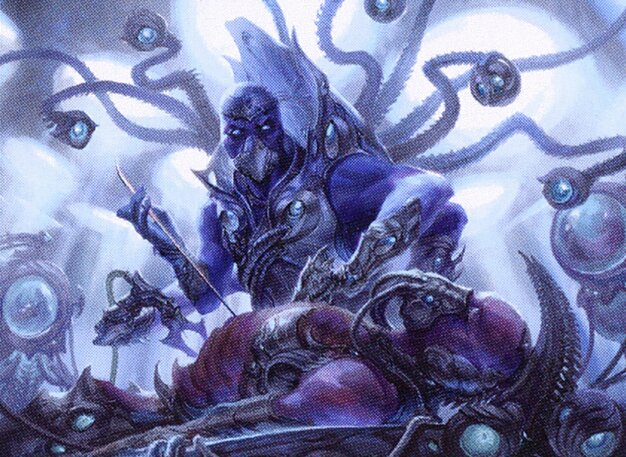
Unctus, Grand Metatect
Utilizes tapping blue creatures to draw and discard cards, generating incremental card advantage and leveraging synergistic creatures like Psychosis Crawler to convert card draw into damage, aiming to win through value and card advantage rather than infinite combos.
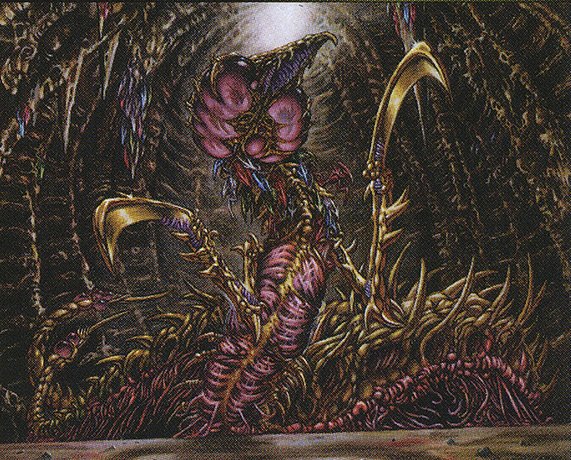
Sliver Queen
Classic sliver tribal deck that casts a large number of slivers to buff the entire team, leveraging their shared abilities to dominate the battlefield and win through overwhelming combat damage.
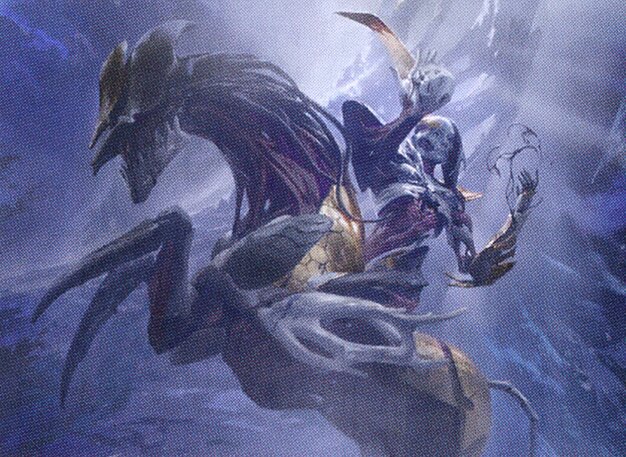
Ria Ivor, Bane of Bladehold
Generates an army of toxic 1/1 artifact creature tokens by preventing combat damage, then buffs them with anthem effects and artifact synergies to create a lethal swarm capable of winning through attrition and combat damage.
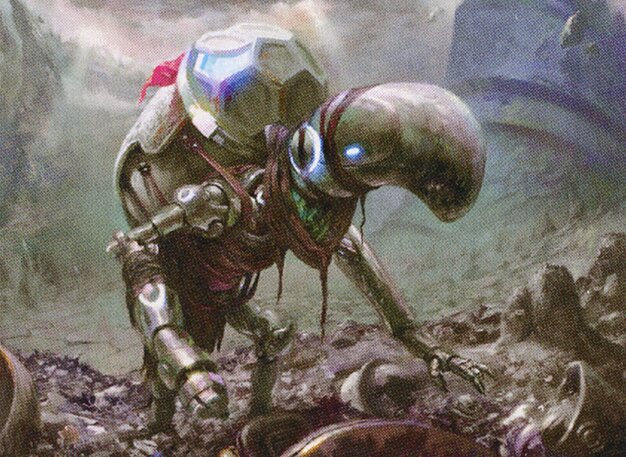
Urtet, Remnant of Memnarch
Focuses on creating numerous tokens and doubling them with artifact synergies and mirrors, aiming to finish the game with large token-based damage boosts like Triumph of the Hordes.
Gameplay Insights
- 1
Ria Ivor’s ability to prevent combat damage and create toxic artifact creatures synergized powerfully with anthem effects and artifact triggers, enabling rapid board growth and card draw.
- 2
Ben’s Sliver Queen casting a wide array of slivers early established strong tribal synergy that pressured opponents from multiple angles.
- 3
Blake’s use of token doubling and mirrors with Urtet created exponential growth opportunities for his token army, setting up a potential Triumph of the Hordes lethal attack.
- 4
Unctus’s deck was built around incremental card advantage by tapping creatures to draw and discard, posing a threat through sustained value rather than immediate combos.
- 5
The interaction between Law Shield’s damage prevention and artifact creature entry triggers allowed for multiple card draws per turn, accelerating Ria’s deck development significantly.
Notable Cards
-

Ria Ivor, Bane of Bladehold
-
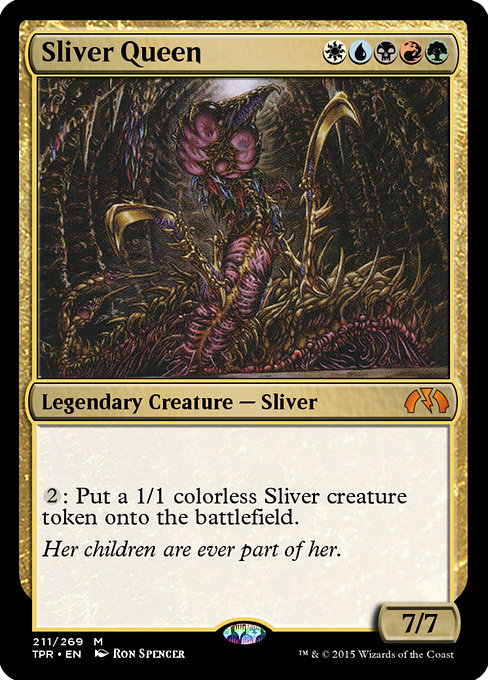
Sliver Queen
-
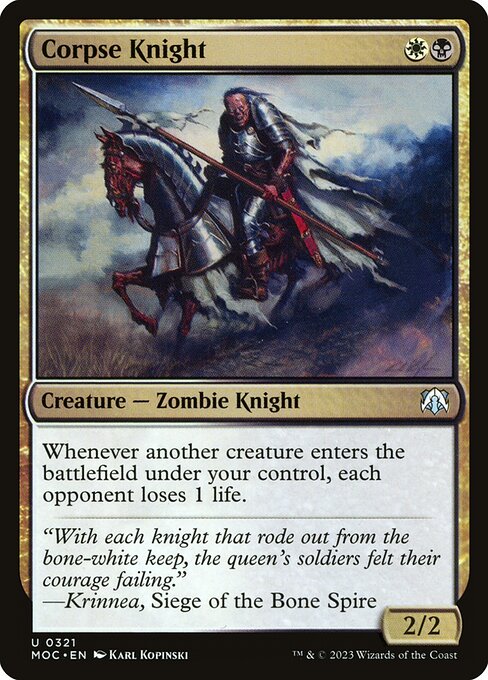
Corpse Knight
-
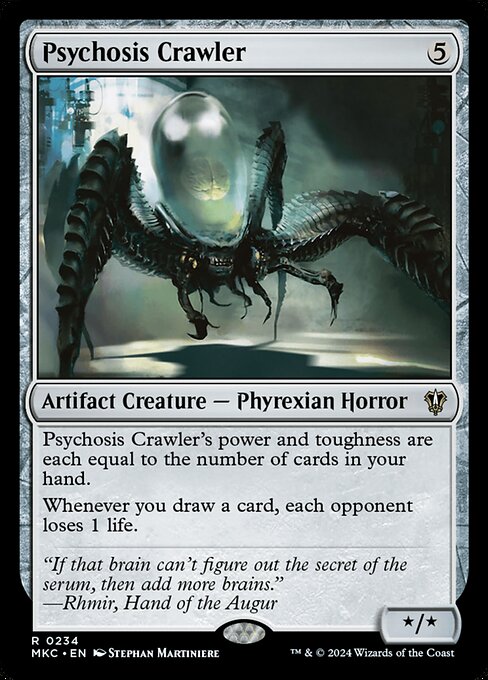
Psychosis Crawler
-
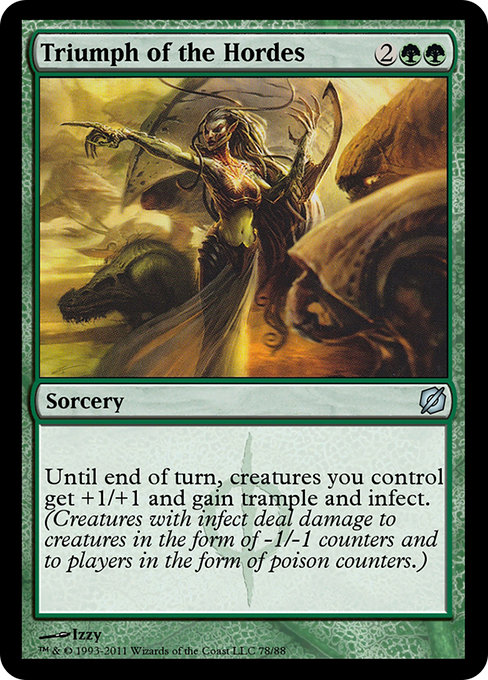
Triumph of the Hordes
-
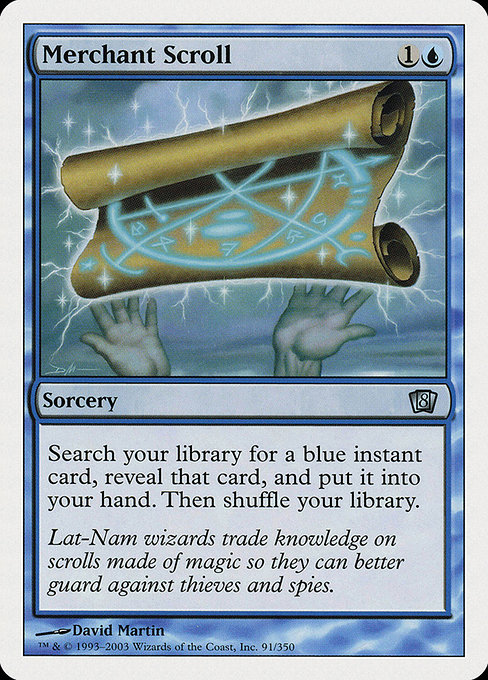
Merchant Scroll
-
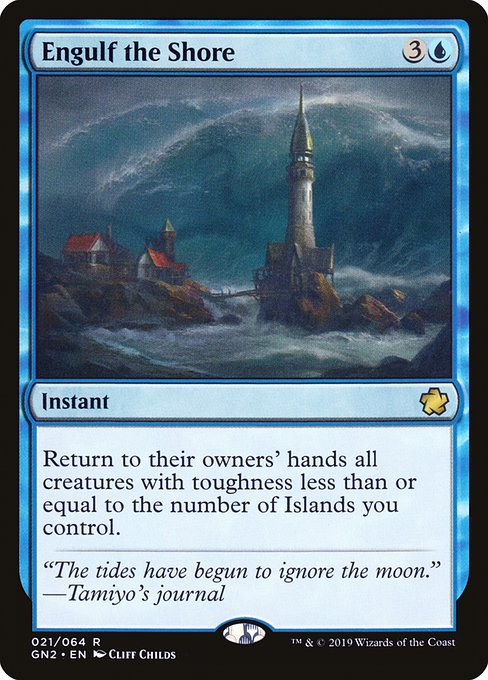
Engulf the Shore
-
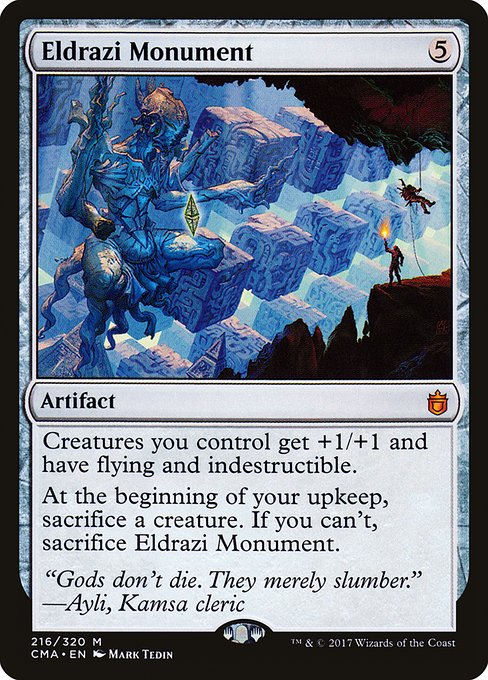
Eldrazi Monument
Gameplay Summary
The game started with players setting up their mana bases and early board presence, with Unctus, Grand Metatect focusing on drawing cards by tapping creatures, Sliver Queen developing a classic sliver tribal board, Ria Ivor, Bane of Bladehold creating a growing army of toxic artifact creature tokens, and Urtet, Remnant of Memnarch building a token and mirror synergy.
Early plays included slivers that buffed one another and creatures like Corpse Knight causing opponents to lose life on other creatures entering the battlefield.
Ria Ivor quickly began generating a swarm of 1/1 toxic mites augmented by artifact buffs and anthem effects, turning the board state threatening. A pivotal moment was when Ria Ivor’s damage prevention triggered, creating multiple toxic mites while also drawing cards due to artifact creature triggers, accelerating the board state.
The synergy between Law Shield, Corpse Knight, and Ria Ivor enabled multiple triggers and card draw, fueling Ria’s board development.
Meanwhile, Ben’s Sliver Queen steadily cast numerous slivers to strengthen his army, and Blake’s Urtet deck aimed to overwhelm with tokens and mirrors, preparing for a Triumph of the Hordes finisher to end the game.
Unctus’s deck was poised to capitalize on drawing and discarding cards for value, threatening to win off long turns with a large hand. Overall, the game featured intense token and tribal synergy battles, with Ria Ivor’s toxic mites and artifact interactions creating a unique swarm strategy.
The combination of token generation, anthem effects, and card draw combos set the stage for explosive mid-game swings.
The players jockeyed for position with small incremental damage and board development, preparing for potential game-ending combos or overwhelming attacks.













































![Commander Versus Series: Sliver Queen v. Squee v. Ertai v. Greven Il-Vec [MTG Multiplayer] thumbnail](https://i.ytimg.com/vi/g8VUeHgqXdM/sddefault.jpg)





